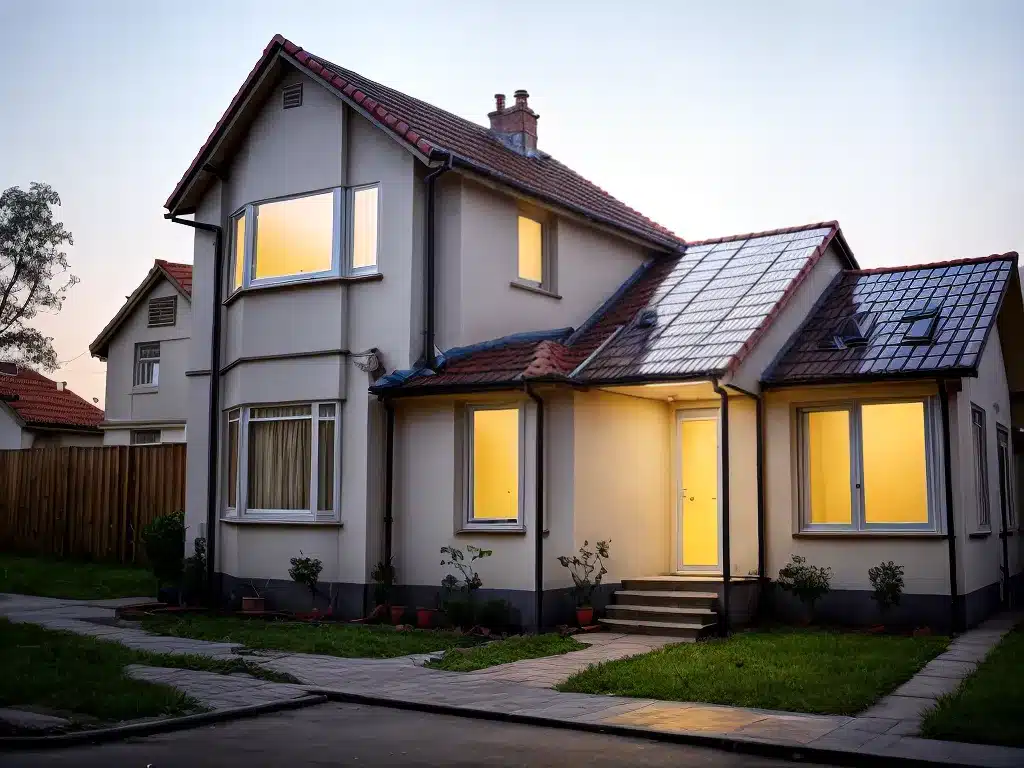
How the Development of Electricity Transformed Home Life But Increased Risks
Introduction
The advent of electricity in the late 19th century ushered in a new era that dramatically changed daily life for people around the world. Electricity provided convenient and instantaneous power for lighting, appliances, and machinery in homes, businesses, and factories. However, the exciting new technology also introduced risks from electrical fires, electrocution, and exposure to electromagnetic fields. In this article, I will examine how electricity transformed home life while also posing new hazards that required safety measures.
Widespread Adoption of Electric Lighting
One of the most noticeable changes electricity brought was the transition from messy, inefficient gas lamps and candles to clean, bright electric lighting. The first electric lights in the 1870s used arching carbon rods that produced glare. But Thomas Edison’s 1879 invention of the incandescent light bulb with a glowing carbon filament quickly became popular and affordable.
I still remember the wonder of seeing rows of incandescent bulbs lining my childhood home at night. With just the flip of a switch, every room was flooded with soft, shadowless light. My family no longer had to carefully maintain oil lamps and their open flames. We could easily illuminate any area as needed, allowing for more flexible room arrangements and uses. The increased visibility and safety of electric lighting also extended waking and working hours.
Electrical Appliances for Household Chores
Electricity drove another leap forward by powering appliances that introduced convenience and efficiency into household chores. No longer did washing clothes, ironing, vacuuming, and cooking require intense physical labor.
For example, my grandmother told me how thrilled she was when her family got its first electric washing machine in the 1950s. Instead of boiling water and cranking a hand-turned scrubboard for hours, she could simply load clothes, add soap, and let the machine do the work. I felt similarly excited decades later when my parents bought a computerized dishwasher to wash dishes hygienically without anyone hand-washing them.
Other popular electric appliances like refrigerators, freezers, and air conditioners also improved food storage, cooking, and comfort in the home. Home life became easier with this electrified support.
Faster News and Entertainment Through Electronics
Electricity accelerated and expanded information and entertainment options within households through radios, telephones, televisions, and computers.
Whereas 19th century families might gather around a piano for live music, 20th century families could listen to orchestras and shows broadcast on the radio. Telephones enabled real-time communication across distances, allowing family members to chat instantaneously. The mid 20th century introduction of televisions brought news, sports, and shows into the home visually. Starting in the 1980s, personal computers and the Internet provided volumes of on-demand programming, data, and connections.
This electrification of entertainment thoroughly transformed leisure time. My grandparents talk fondly of gathering around the radio as children. My parents reminisced about eagerly watching new TV shows each week. And I connected with friends through social media apps on my smartphone. Electricity profoundly shaped how generations engaged with media.
Deadly Dangers from Electricity
However, the conveniences of electricity also introduced risks of fire, electrocution, and electromagnetic radiation. Early electrical systems lacked safety features and regulations. Insulation on wires was minimal, circuits easily overloaded, and people lacked awareness of the hazards.
Tragically, electrical fires frequently broke out as flammable materials near light bulbs or overloaded wires ignited. Many children and adults died from electrocution when improperly exposed to live current flows. And scientists eventually confirmed that extended proximity to EMFs can potentially cause health issues like leukemia.
These threats required innovations in electrical safety like circuit breakers, polarized plugs, and grounded wiring along with public education campaigns. Home electricity improved from an unstable novelty to a largely safe utility through prudent safeguards.
Conclusion
In just decades, the installation of electrical power lines profoundly altered human civilization. Home life was empowered with convenient lighting, appliances, and entertainment that simplified chores, extended activity hours, and connected families to information. However, people paid a steep price early on as unsafe conditions resulted in fires, electrocutions, and overexposure to electromagnetic fields. Over time, proper precautions and protections reduced these risks while preserving electricity’s benefits. Going forward, both society and I must continue advancing safety as we incorporate new electrical technologies into our homes.
